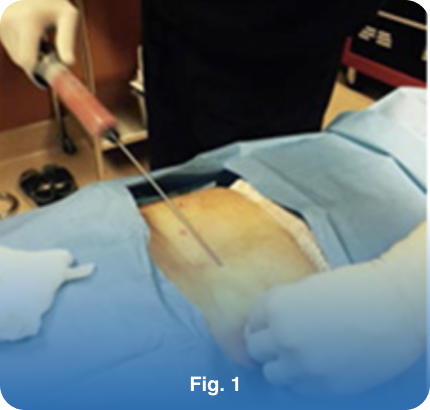The Science
Neurodegenerative diseases, such as Alzheimer’s Disease (AD), remain largely untreatable and continue to grow as a public health challenge due to aging populations. There are essentially no disease-modifying treatments available; those that exist either temporarily address symptoms (Parkinson’s Disease, PD) or slightly reduce the slope of cognitive decline (AD).
Despite increased understanding of underlying pathological processes—such as misfolded proteins, inflammation, and insulin resistance/insulin-like growth factor dysfunction (i.e., type 3 diabetes)—these insights have not yet translated into significant new therapeutics. Novel, science-based approaches need to be applied to provide opportunities to truly address these diseases, whether by directly targeting disease pathology or by indirectly stopping or reversing disease progression.
We believe that a patient’s own stem cells (autologous) have the power to heal. Other stem cell technologies use umbilical, fetal, embryonic, and other allogeneic cells (from other donors or banks), which inherently carry risks of tumor formation, rejection, and failure. Additionally, genetically modified stem cells may lose their pluripotent capabilities. For these reasons, we focus our research on autologous, non-modified stem cells.
Sources of autologous stem cells include bone marrow and fat, with fat being the easiest, least painful, and most abundant resource. In our preliminary human work, significant results were obtained with injections of around 1 million adipose-derived stem cells. With our proprietary process, we are expanding our target cells to 30 or 50 million to ensure multiple dosing without having to re-harvest adipose tissue. Safety and dose-escalation studies are currently underway.
We are evaluating the healing and regenerative processes of highly purified, Wnt-activated autologous stem cells to address these diseases effectively.
Process
- Liposuction is used to extract fat from the body in a 20-minute procedure (Fig. 1)
- The autologous stem cells are isolated and expanded, and kept in our cell bank (Fig. 2)
- A reservoir is placed into the brain, another 20-minute procedure as an outpatient (Fig. 3)
- The stem cells are injected via this port into the brain (Fig. 4)
- Booster injections and CSF samples for testing can be done through the implanted port every 2-3 months (Fig. 4)
 Fat Extraction
Fat Extraction  Proprietary Stem Cell Isolation and Expansion
Proprietary Stem Cell Isolation and Expansion  Reservoir Installation
Reservoir Installation  Fill Reservoir
Fill Reservoir regeneration biomedical, inc.
Discover The Future
Our company is at the forefront of the biomedical research industry thanks to professionals who have had more than 30 years of medical and research experience.
Contact Us